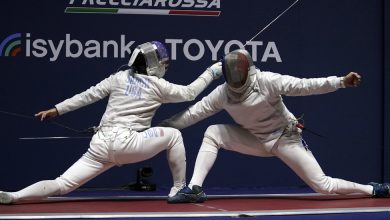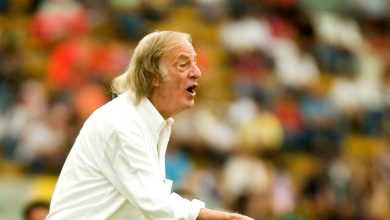How Is a College Football Team Different From Its Marching Band?

Robert McRae III has seen a lot. His grandmother, a civil rights activist in Los Angeles, often brought him along to rallies she organized and picket lines she walked — even to a gay pride parade with giant anatomical balloons that, he recalls with a smile, might not have been age appropriate.
As a Dartmouth College basketball player, he has played in N.B.A. arenas and iconic venues like Duke’s Cameron Indoor Stadium and Philadelphia’s Palestra.
Earlier this month, though, McRae’s eyes got even wider. Photographers snapped pictures of him and his teammates as they walked together to cast votes to become the first college athletes to unionize. Hours later, after his team’s final game of the season, he was surrounded by a small group of reporters who posed questions about labor and employment.
“It has a little wow to it,” McRae said of the attention.
The unionization vote is only the start of a high-stakes battle that is playing out on both coasts as some of the most consequential challenges to college sports’ amateur model take place in an unusual venue — the National Labor Relations Board, the federal agency that has jurisdiction over private employers.
Dartmouth has signaled it will be digging in to fight the ruling that its men’s basketball players be recognized as employees, “even if we have to go to court to do so,” a school spokesman said in an email. The college has recently hired the same law firm that is representing U.S.C., as well as SpaceX, Trader Joe’s and Amazon, which have argued that the board is unconstitutional.
As for the University of Southern California, a hearing in Los Angeles to determine whether its football and men’s and women’s basketball players should be deemed employees will conclude in April.




